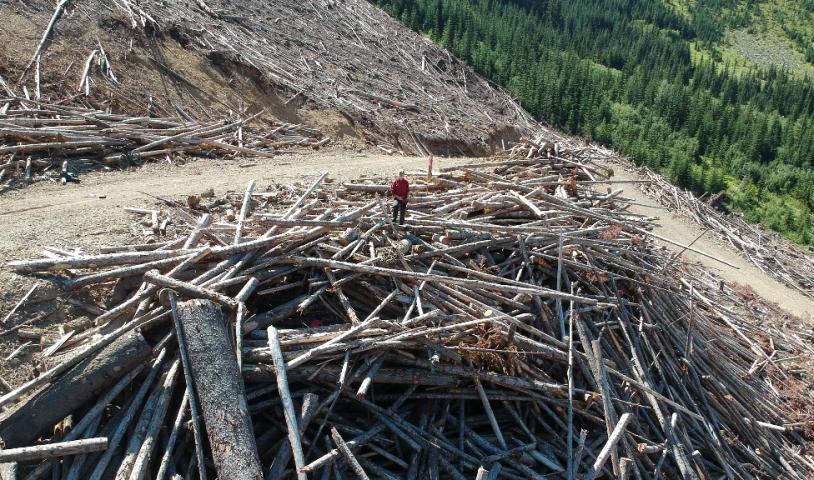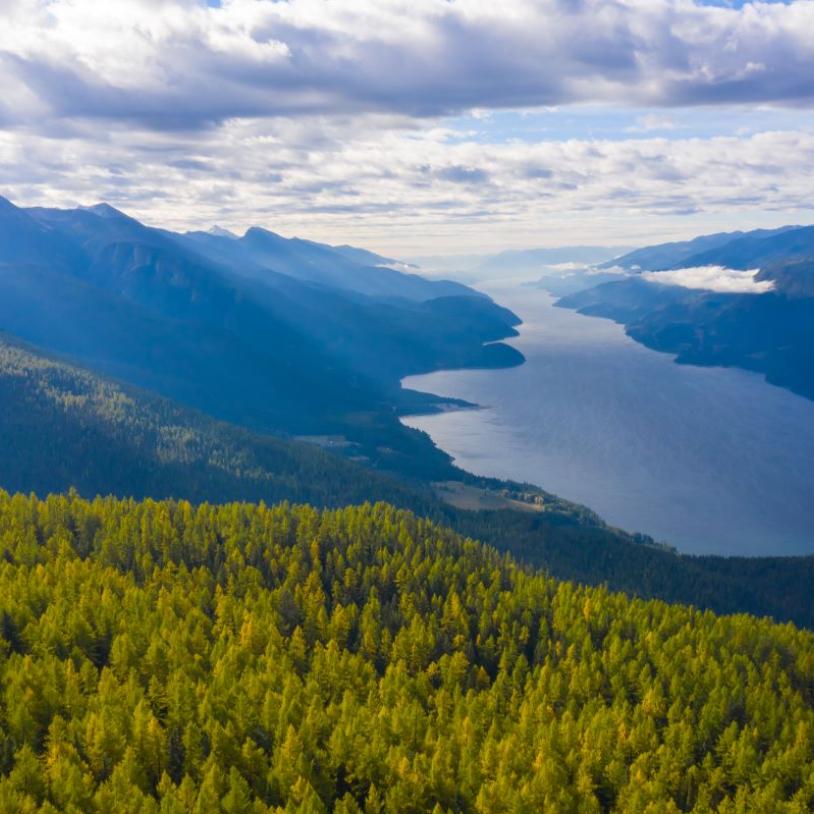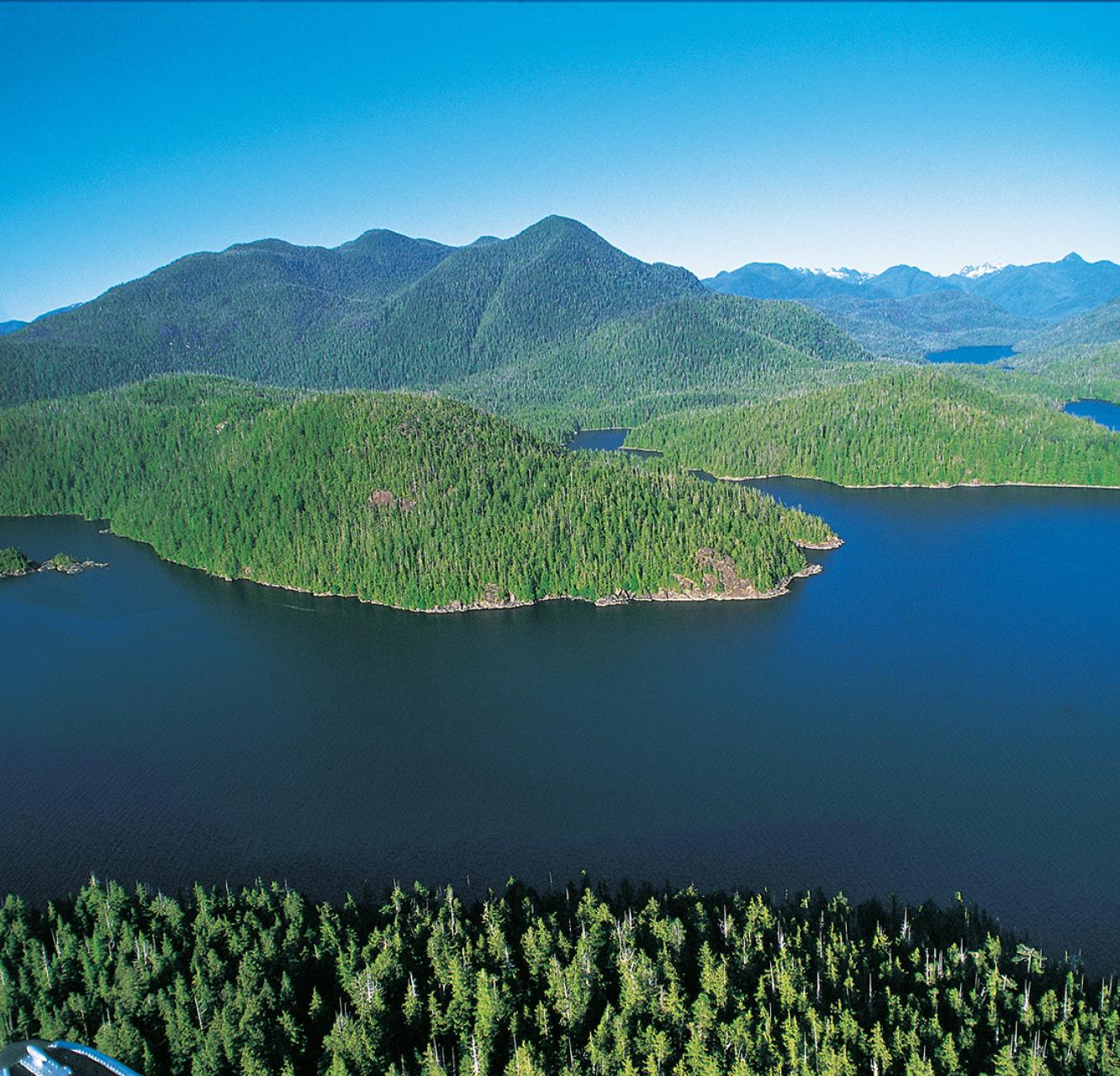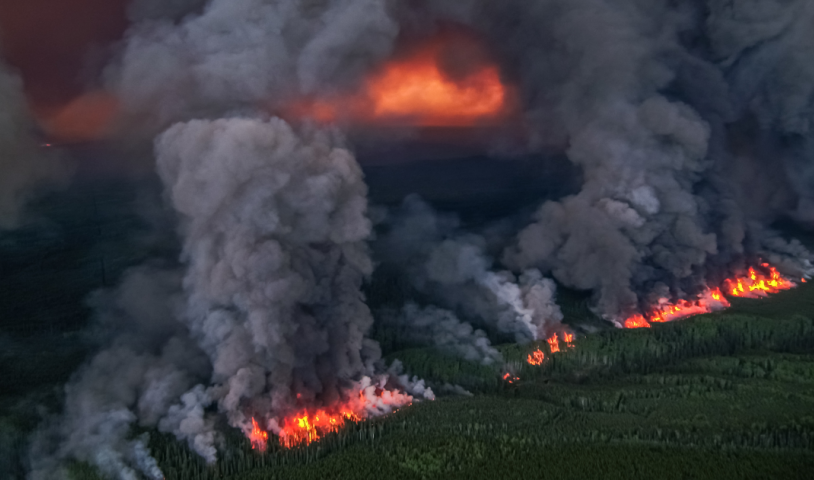"Like some giant machine that could not be turned off"
Wednesday, October 9, 2019
As BC's logging and mining industries lay waste to the wilderness, Joe Foy wonders whether our elected leaders even have their hands on the wheel
The sky was as blue as a robin’s egg with nary a wisp of cloud nor smoke to mar the view. The Skagit River, here so close to its source more like a little stream than a river, meandered beneath the wooden bridge at Cayuse Flats day-use area in Manning Provincial Park.
I cycled up into the mountainous wilderness called the “Donut Hole.” The 5,800-hectare unprotected area is completely surrounded by Manning and Skagit provincial parks. You’d think I would be happy to be heading into the mountains on such a picture-perfect day. Instead, I was filled with dread about the logging aftermath I had come to see.
An hour later I rode into cutblock SD102.
Until mid-2018, this was a beautiful green high elevation old forest gracing the west slopes of Eastpoint Peak. But now a 16-hectare clearcut with huge piles of logs bleaching in the August sun scarred the mountainside.
The wood waste piles bristled like massive porcupines with mangled tree trunks for quills. I struggled to clamber to the top of one of them and wondered, what was the reason for clearcutting the forest only to leave so many of the felled trees in these big piles?
Do our elected leaders have their hands on the wheel, or is BC logging and mining simply on bureaucratic autopilot?
Many trees this high on the mountain are slow-growing and stunted – not much good for making lumber. Much of the wood gets pulled to the road and left in a big pile to be burned, come fall.
If so many of the trees are useless for lumber, why did the BC government allow the logging here to go ahead?
In fact, throughout the summer and fall of 2018, thousands of people had written to the BC government imploring them to drop their logging plans for four cutblocks in the Donut Hole. They asked the government to live up to their international treaty with the US, which commits both countries to protect the transboundary Skagit watershed from industrial damage. The mayor of Seattle and the governor of Washington State even called on Premier John Horgan, asking him to abandon the logging plans.
But like some giant machine that could not be turned off by the premier, the BC Timber Sales operation in the Donut Hole continued to grind away until every tree in the four cutblocks was felled.
And now a mining company has applied to drill for gold in the Donut Hole. Imperial Metals, infamous for the 2014 tailings dam collapse at its Mount Polley Mine, wants to operate in the headwaters of the Skagit River. A decision on whether to approve this reckless project is expected later this year.
But in a replay, when concerned citizens, First Nations, Tribes, and elected representatives from the US expressed opposition to Imperial Metals’ plans for the Donut Hole, BC’s Minister of Mines Michelle Mungall replied that she doesn’t have the authority to intervene.
So the question is – who is in charge? Do our elected leaders have their hands on the wheel, or is BC logging and mining simply on bureaucratic autopilot, laying “Beautiful British Columbia” to waste?
Read the original article published by the Watershed Sentinel by clicking here.





